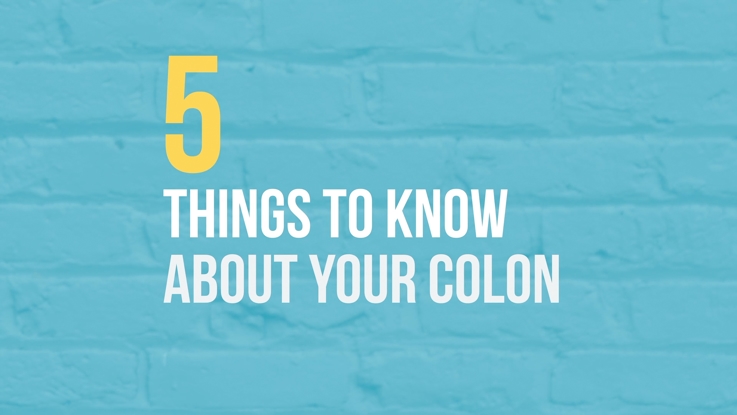How to ease a gout attack
- Category: Primary Care
- Posted On:
.jpg)
Did you know that May 22 was Gout Awareness Day? Keep reading for all you need to know about this common, painful condition, plus what you can do to prevent it and ease symptoms.
Gout: It’s not just for medieval kings!
While Gout has long been associated with kings who overindulged in rich food and sweet wines, it’s actually a common condition today that can affect anyone, royal or otherwise.
Gout is a painful joint disease that causes extreme pain and swelling, often located in joints of the feet and toes. Attacks can be pretty severe, causing an intense “burning” feeling that can last for days.
Gout is linked with conditions like obesity, high blood pressure, diabetes, and more—but diet can also play a big role in triggering an attack (or avoiding one). In the rest of this post, we’ll break down everything you need to know about lowering your risk of gout, plus how to ease the symptoms of an attack.

What causes gout?
Gout is caused by a buildup of uric acid in the body, which can be caused by eating food high in purines. Purine is a specific chemical compound that’s found in certain foods; once in our body, purines are broken down into uric acid.
High-purine foods include:
- Alcohol
- High-fructose drinks like beer, sodas, and sweetened iced teas
- Red, processed meats (including game, kidney, brains, and liver)
- Dried beans and dried peas
- Seafood (including anchovies, herring, scallops, sardines and mackerel)
While gout is often associated with diet, there are other factors that can put you at higher risk, including:
- Being overweight
- High blood pressure
- High levels of lipids in the bloods (aka hyperlipidemia)
- Diabetes
Additionally, along with consuming a high-purine foods, a gout attack can be triggered by:
- Emotional stress
- Fatigue
- Illness
- Minor surgery
How can I reduce my risk of gout?
Fortunately, there are plenty of lifestyle adjustments that you can make to lower your risk of gout. Here are some of most helpful things you can do:
- Stay hydrated by drinking lots of water
- Avoid overindulging in foods high in purines (see our list above)
- Consume plenty of fresh fruits, vegetables, legumes, nuts, low-fat dairy products, and fiber-rich whole grains; You can also snack on fresh cherries, which are proven to lower uric acid levels. Learn more: Recipe Spotlight: Cabbage and Kale Coleslaw
- Watch your salt and fat intake, and limit foods that are high in both
- Exercise regularly – Learn more: 6 tips for exercising safely as an older adult
- Be sure to stay on top of managing health conditions like diabetes, high cholesterol, or high blood pressure
- Take all medications recommended by your doctor
- Ask your doctor about the risks of taking aspirin, which may interfere with medications

I’m having a gout attack—help!
Most importantly, call your doctor ASAP if you are experiencing a gout attack. They can provide personalized recommendations and advice for your specific situation. In some cases, they may prescribe medication to treat acute attacks.
Learn more: How to Ease a Gout Attack
In the meantime, it’s really important to take care of yourself and give yourself the time and space to heal. Here are six things that can help you ease your symptoms:
- Take an anti-inflammatory: Taking whatever anti-inflammatory medicine you have on hand, such as ibuprofen, can help reduce aches and pain. Follow the dosage instructions on the bottle.
- Apply ice: Using an ice pack or cold compress on the joint can help reduce swelling, inflammation, and pain. Try to ice your joint for up to 30 minutes, several times a day.
- Stay hydrated: Drinking plenty of fluids can help your body flush out the uric acid. Be sure to choose water, seltzer, or unsweetened beverage options—and remember that drinking sugary, high-fructose drinks like sodas or alcohol will make your attack worse!
- Elevate your foot: Keep your painful foot elevated to reduce swelling and ease symptoms. Try using a pillow or some soft blankets beneath your foot. Get plenty of rest and try to stay off your feet as much as you can.
- Try relaxation techniques: Feeling stressed and anxious can make a gout attack worse. While it’s easier said than done, try to relax and de-stress in whatever way works for you. You can listen to your favorite music or podcast, talk with a loved one, do some deep breathing exercises, or even try meditation.
- Use a cane: If you must move around, use a cane to keep excess pressure off your joints as much as possible. Try to rest and stay still as much as you can, though. Your body needs time to recover.
If you or someone you love is experiencing symptoms of Gout, be sure to schedule an appointment with a Primary Care physician to discuss a treatment plan.
About Dr. Juan

Dr. Juan specializes in Primary Care. She treats patients of all ages, through every stage of life. Dr. Juan became a healthcare provider because she loves to interact and learn from my patients. Dr. Juan's patients can count on her to provide extraordinary care because she builds partnerships with her patients and believes great care is a team effort.
Dr. Juan's little something extra
She grew up in the Philippines. Her grandfather was a doctor, and she knew she wanted to be a doctor since she was three years old.


